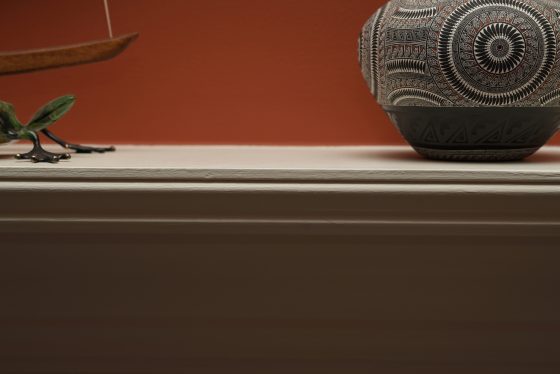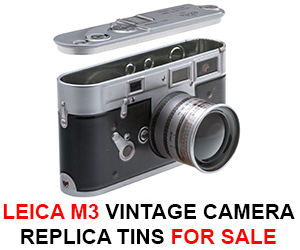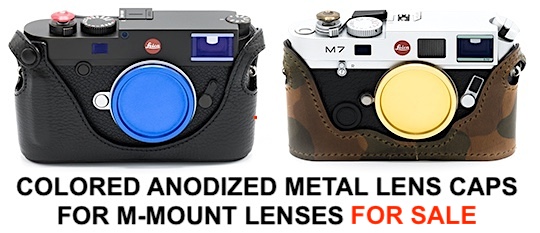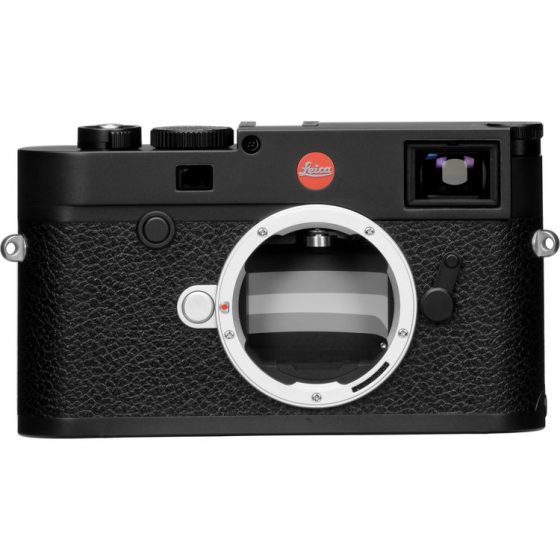
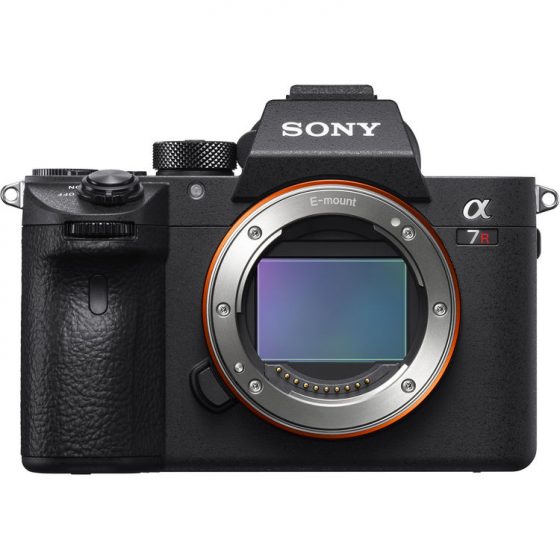
“Comparison of Leica M10 vs. Sony a7r3 with the best of Leica vs Sony lenses” is by Onasj (click on images for a high-resolution version):
JTLeica (a Leica User Forum member) asked:
“I dont mean this as a dig, but I would love to know what you do with your A7RIII images that you cannot do with your Leica images… Being someone that shot an A7RII for two years.”
First, to reiterate what I posted above and many times before in the forum, I love my Leica, the plurality of my disposable income goes to Leica, and I shoot more often with my M10 or my CL than with any other camera (including my phone). In fact I brought my M10 with me into work today, like I do most days, whether or not I expect to run into any photogenic subject matter.
But I am also objective enough to call it like I see it, and from my perspective—consistent with many other observations and data, including some postings in LUF—the A7rIII offers some real *imaging* advantages. That doesn’t mean that the a7rIII is overall a “better” camera, as it’s not so simple. I carry the M10 daily, not the A7rIII, after all. Size, fun factor, and other considerations weigh in as well.
But since you asked about imaging, here are some advantages I’ve seen with the A7rIII over the M10, which includes many comparisons using the best native lenses for each system, as well as using the same M lenses on both the M10 and the A7rIII:
1) Cropping capability and detail. As you might expect, having 42 MP vs. 24 MP means you have significantly more cropping flexibility and can show more detail. Here are two photos taken with the A7rIII that are a 10 MP crop and a 16 MP crop out of the 42 MP original:
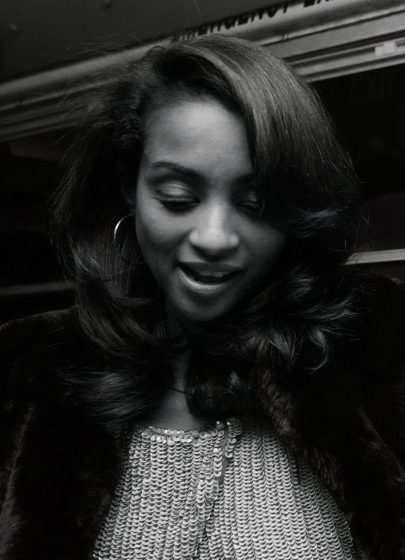

There’s not much else in the original frames that I liked. If I had taken the same photos with a 24 MP camera, even ignoring the other imaging advantages listed below, the same crops would have been 5.9 MP (6″ wide printed at 300 dpi), and 9 MP (10″ wide @ 300 dpi). I appreciate that for some viewing or printing formats, even a 5.9 MP image is fine. But for printing beyond small size, or viewing on a 15 MP display like the 5K monitor that I’m using now, it’s not ideal.
As a related point, 42 MP also helps when capturing details is important. Here’s a comparison of a test subject (the 75 Noctilux at f/5.6 has the highest 40 lp/mm MTF performance of any current Leica-M lens to my knowledge):
Sony A7rIII + 85 GM @ f/5.6:
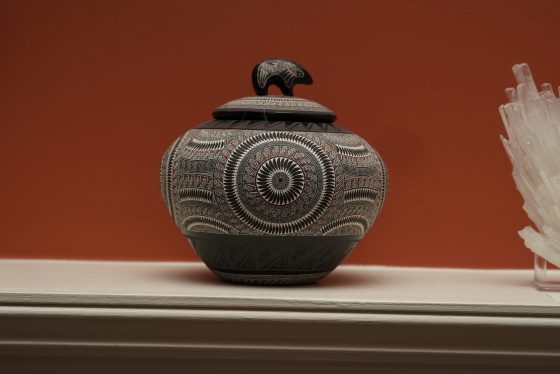
Leica M10 + Leica 75 Noctilux @ f/5.6 (about the sharpest a Leica M lens gets):

Sony A7rIII + Leica 75 Noctilux @ f/5.6:

The Sony A7rIII shots capture much more detail, either using the native Sony lens, or using the 75 Noctilux.
2) Noise and ISO performance. Consistent with other reports, at higher ISOs (>5000), the combination of a brighter frame for the A7rIII even at the same ISO setting as the M10 (see other LUF posts that have extensively discussed this topic), and an inherently less noisy sensor, I get about 1.5 stops more ISO latitude with the A7rIII than with the M10. What might be less publicized is that even at lower ISOs I see substantially less noise with the A7rIII. Here are two images of the same subject using the 75 Noctilux. The M10 photo was taken at ISO 800, and the A7rIII photo was taken at ISO 1000. Yet the sensor noise in the out-of-focus wall areas is actually lower for the A7rIII photo than the M10 photo:
Leica M10:
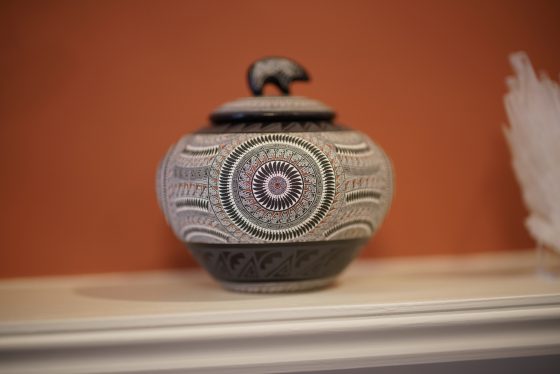
3) Color. The M10 photos using AWB generally come out more yellow than real life, while the A7rIII photos using AWB are usually closer to real life in my experience. The wall color in the above two photos is a good example—the actual color of the wall is very close to the A7rIII capture (rust-colored, not ochre-orange). I routinely fix this in post, but I’d rather not have to.
4) Raw file headroom at the top end. The M10’s DNG files leave almost no room for highlight recovery. The raw files of the A7rIII, like the various Nikons I’ve shot in the past (D700, D800E, D810, D810A, D4, D4s) all offer quite a bit more room for highlight recovery.
Again, for most situations, I enjoy shooting the M10 more than any other camera, which is why I use the M10 more frequently and own more M10 gear than Sony gear. But my love for Leica does not cross into blind fanaticism (despite what my wife says!), and when shooting under conditions for which the above imagining strengths of the A7rIII are critical, I take the Sony instead.
These findings are also reasons why I’m excited by the rumors that Leica continues to release new full-frame cameras. If the rumored C-M has a sensor and/or software that addresses any of the above issues, I will buy it, along with its native lenses.
As an aside: for focal lengths wider than ~50 mm, it has been well-documented that corner smearing of M lenses on other sensors, which generally have much thicker sensor stacks than that of the M10, is an issue. There has been some recent discussion of whether or not Leica lenses 50 mm or longer in focal length can still yield sharp images, even in the corners of the frame, on the A7rIII given the thicker sensor stack of the latter compared to that of the M10. I shot this test subject in the center and corners using the 50 APO and the 75 Noctilux at f/5.6 on an A7rIII.
A7rIII + 75 Noct @ f/5.6, center:

A7rIII + 75 Noct @ f/5.6, lower left corner:

A7rIII + 75 Noct @ f/5.6, upper right corner:
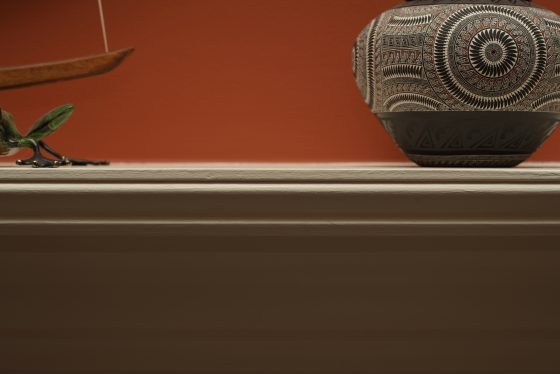
A7rIII + 50 APO @ f/5.6, center:
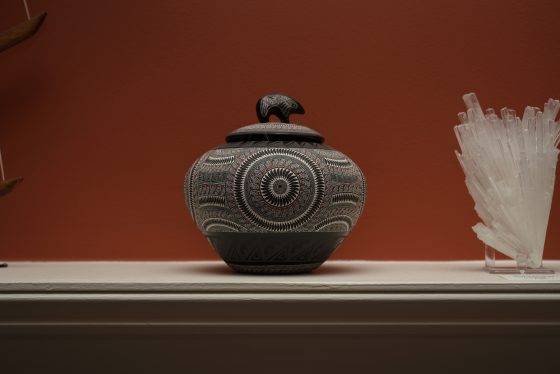
A7rIII + 50 APO @ f/5.6, lower left corner:
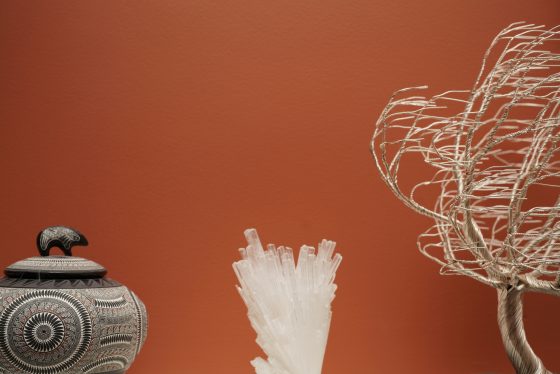
A7rIII + 50 APO @ f/5.6, upper right corner:
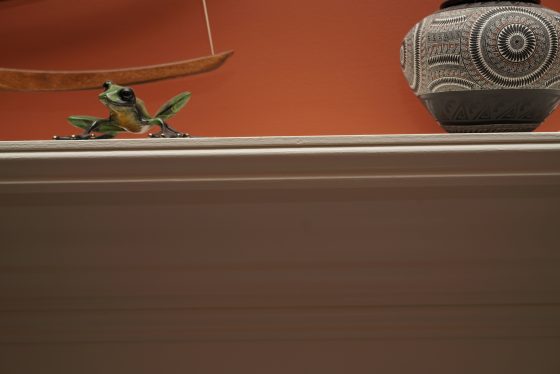
And here’s the comparison with the A7rIII with its own native 85/1.4 GM lens @ f/5.6:
A7rIII + 85 GM @ f/5.6, center:
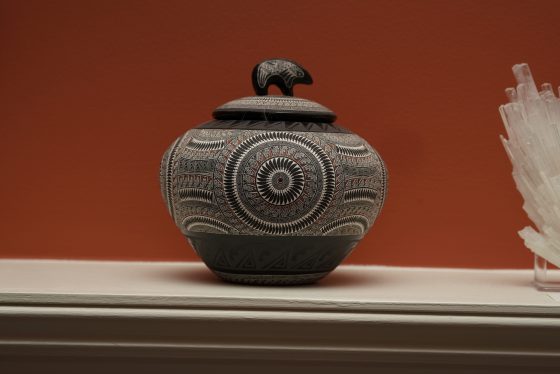
A7rIII + 85 GM @ f/5.6, lower left corner:

A7rIII + 85 GM @ f/5.6, upper right corner:
Clearly, both the 50 APO and the 75 Noct can result in sharp captures on the A7rIII under these (admittedly idealized) conditions, even in the corners.
If you have an interesting idea for a guest post, you can contact me here.

